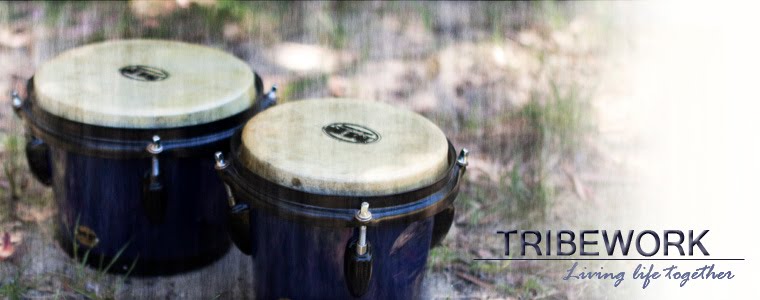Arguably the most dangerous individuals we can encounter are those who not only won’t reflect on the presence of bias, they refuse to acknowledge they have any bias, or they commonly justify their bias. Much of this is because it is unconscious to people.
Yet, even if it were made conscious to some they would virulently and steadfastly hold to their position — and I guess most of us can be a little like that. But the fact that a person won’t look deeper within for the presence of bias might say something about them that reads like a red flag.
Unconscious biases, also known as implicit biases, are the underlying attitudes and stereotypes that people unconsciously attribute to another person or group of people that affect how they understand and engage with that person or group.
Until we acknowledge unconscious bias is in us, we cannot do anything about it.
And unconscious bias is in ALL of us.
Our only hope is we acknowledge it and then respond well by ensuring we treat people as fairly as we can. Failing to respond well having acknowledged it is like driving a vehicle at full speed and refusing to use the brakes, while failing to acknowledge it is like driving the vehicle blindfolded.
Those who meander through life without checking their unconscious bias are those who live without account. Those who take responsibility for how they impact people and groups, on the other hand, are more inclined to own their biases. But they still need to make themselves aware of their bias on a moment-by-moment basis.
Abuse occurs where a program of bias is deliberately entered into, affecting a person, people or group, whether consciously or unconsciously. Christians have the word ‘sin’ for this.
There are a range of biases that are deeper within each of us:
1. confirmation bias – drawing conclusions in favour of personal desires, beliefs and prejudices (which leads to discounting unbiased merit)
2. affinity bias – tendency to connect with like-minded others (which can lead to excluding others)
3. attribution bias – judging another person on our observations of them (judgements occur from little, and certainly insufficient, information about people)
4. conformity bias – peer pressure, groupthink, consensus (when people don’t give their own views, but go with the majority)
5. halo effect – elevating certain people, placing them on a pedestal, because they’ve impressed us (leads to giving certain people power and refusing power to others)
6. horns effect – opposite of the halo effect (viewing people unfavourably having learned something unpleasant about them)
7. contrast effect – as humans we tend to think in twos, judging two things in contrast, one good, one evil, and so forth (when the world is not that straightforward)
8. gender bias – preferring one gender over another (commonly this is people either seeing women or men as the downtrodden)
9. ageism – negativity toward a person or group because of their age (too young or too old)
10. name bias – research has found a bias toward Anglo names (which has a negative effect on names that are less Anglo)
11. beauty bias – people attribute success and competence to those who appear attractive (which goes against those who are deemed as less attractive)
12. height bias – being too short or too tall (and this varies depending on what the context is)
Anyone desiring to treat people well could engage with this list of unconscious biases and learn to incorporate them into their being — to become more cognisant of where they may feature; where they might be used to abuse people or groups.
We can well imagine an abuser engaging in multiple forms of bias at a conscious level, but we must also know that people abuse people and groups when these biases are purely unconscious.
If we’re genuinely interested in eradicating abuse from where we stand, we can first wrestle with the unconscious biases in our own lives, before then coming to an understanding of the biases in the lives of those who impact us.
The safest relationships we can have are with people who account well for their biases, just as we become safe for all others when we’ve accounted, a moment at a time, for our own.
The truth is not in the person who says he or she has no bias (1 John 1:8-10).
Photo by Francisco Moreno on Unsplash


No comments:
Post a Comment
Note: Only a member of this blog may post a comment.